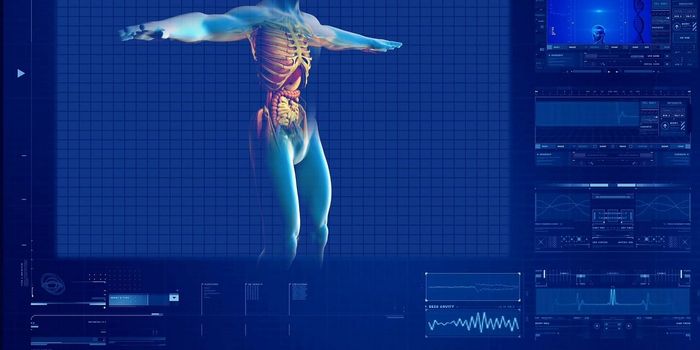Two Factors That Cause Bipolar Disorder Intertwine
Two key factors implicated in the development of bipolar disorder (BD) are connected, researchers involved in a new study argue. Treating one factor could thus simultaneously treat the other, potentially offering a new therapeutic option for the nearly six million Americans living with BD.
BD is characterized by clear changes in mood, energy, and activity levels, often going back and forth between manic and depressive episodes. Treatment for BD, which is caused by a combination of genetic and environmental factors, usually includes both psychotherapy and medication, including mood stabilizers, atypical antipsychotics, and antidepressants.
A key factor identified in cases of BD is the activity of immediate early genes (IEGs), which enable a quick response to environmental stimuli, like stress. Individuals with BD tend to have a difficult time dealing with stress and adapting to new situations. IEGs activate other genes, resulting in a state called neuronal plasticity, where brain cells learn to adjust and respond to environmental stimuli.
IEGs also produce Early Growth Response (ERG) proteins, which “translate environmental influence into long-term changes in the brain.” ERG proteins are mass-produced in response to stress and sleep deprivation, as they are necessary for the brain to respond to the never-ending supply of environmental stimuli.
Another factor linked to BD are neurotrophins, like the brain-derived neurotrophic factor (BDNF) found in the brain. Past studies have found reduced levels of BDNF linked to BD.
Previous research from a collaborative group of scientists from Universidade Federal do Rio Grande do Sul in Brazil, University of Arizona College of Medicine in the United States, and McMaster University in Canada found that a type of IEG called EGR3 was repressed in the brains of BD patients. EGR3 is vital for the response to stress and other environmental stimuli. This partially explains why people with BD are susceptible to stress and often respond inadequately to stress.
Now, a new study from the same group published in the journal Frontiers in Behavioral Neuroscience, researchers analyzed the connection between EGR3 and BDNF. They believe that both factors are involved in the flawed response to stress present in BD, which could explain the condition’s “impaired cellular resilience.”
“We believe that the reduced level of BDNF that has been extensively observed in BD patients is caused by the fact that EGR3 is repressed in the brain of BD patients,” explained lead author Fabio Klamt. “The two molecules are interconnected in a regulatory pathway that is disrupted in BD patients.”
Going forward, researchers are considering EGR3 is a potential drug target. Because by increasing EGR3’s expression, BDNF is positively affected too, and the overall response to stress could be greatly improved.
Sources: National Institute of Mental Health, Depression and Bipolar Support Alliance, Publicase Comunicacao Cientifica










